May 25, 2025 | 03:51 GMT +7
May 25, 2025 | 03:51 GMT +7
Hotline: 0913.378.918
May 25, 2025 | 03:51 GMT +7
Hotline: 0913.378.918
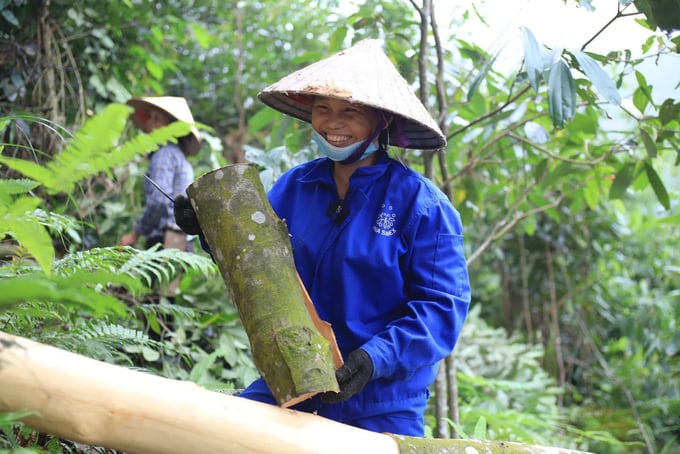
Along with pepper, Vietnamese cinnamon also ranks first in the world in exports.
Cinnamon in Vietnam is concentratedly distributed in the North such as Yen Bai, Lao Cai, Bac Kan, Quang Ninh, Thai Nguyen... and some central provinces such as Quang Nam, Quang Ngai. The area of cinnamon increased strongly, from 13,863 hectares in 2000 to 26,288 hectares in 2005 and 58,739 hectares in 2010, more than 4 times higher.
By 2015, the cinnamon area had increased slowly but remained high, with an increase rate of 57.3%, reaching 92,375 hectares. In the following years, farmers continued to expand the cinnamon growing area but the pace continued to slow down.
From 2018 onwards, cinnamon prices have continuously increased, stimulating farmers to expand cinnamon growing areas. In 2018, the cinnamon area nationwide reached 109,368 hectares, in 2020 it increased to 122,200 hectares, in 2021 it reached 138,800 hectares, in 2022 it reached 148,790 hectares and in 2023 it reached 186,000 hectares. Of which, Yen Bai province accounts for 47.8% and Lao Cai accounts for 33.3%.
This is the hottest growth period of the cinnamon industry and makes Vietnam the country with the largest cinnamon area in the world. Also during this period, cinnamon output reached 4,852 tons in 2000, increasing to 21,172 tons in 2010, 44,000 tons in 2020, 50,000 tons in 2021, 53,225 tons in 2022 and the highest level of about 72,000 tons in 2023.
Since 2021, Vietnam has become the world's leading country in cinnamon export. In 2023, Vietnam will account for about 34.4% of the market share, with the main consuming markets being India, China, Bangladesh, the United States...
Statistics from the Vietnam Pepper and Spice Association (VPSA), in 2023, Vietnam exported 89,383 tons of cinnamon, total export turnover reached US$ 260.9 million, an increase of 14.6% in volume and but a decrease 10.7% in value compared to 2022. The average export price of cinnamon in 2023 reached US$ 2,918/ton, down 22.1% compared to last year.
India is the main export market of Vietnamese cinnamon, accounting for 42.6% reaching 38,038 tons, up 14% over the previous year. Next is the US market accounting for 11.4%, reaching 10,163 tons, an increase of 7%; Bangladesh accounted for 6.2% reaching 5,564 tons, an increase of 32.1%...
The leading cinnamon exporting enterprises are Prosi Thang Long with 13,839 tons, accounting for 15.5%, down 8.4%; Senspices Vietnam 5,131 tons, accounting for 5.7%, up 39.0%; Son Ha spices 4,677 tons, accounting for 5.2%, down 0.7%; Olam Vietnam 3,445 tons, accounting for 3.9%, down 27.1% and Tuan Minh 3,115 tons, accounting for 3.5%, down 0.1%.
Before 2018, cinnamon prices continuously increased, creating conditions for farmers to expand their areas. However, in the last 2 years, cinnamon prices have decreased due to abundant supply from China and Vietnam, leading to a decrease in export prices.
The Ministry of Agriculture and Rural Development and VPSA have continuously advised people not to expand cinnamon areas, but to focus on improving quality, especially controlling water sources to avoid heavy metal residues as well as prevent pests. eat leaves.
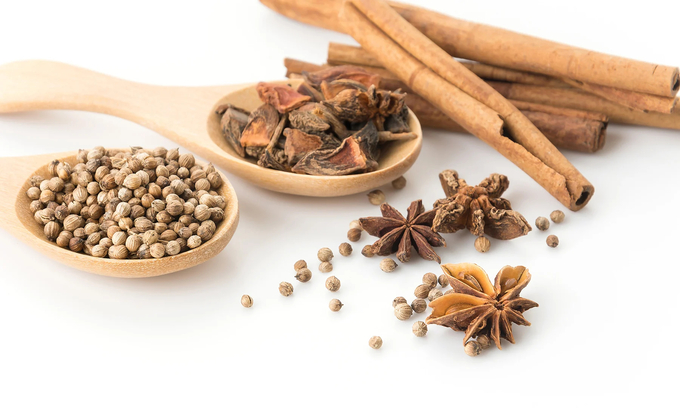
Star anise is one of the main spices for Vietnamese exports.
Vietnam's star anise output ranks second in the world, after China, with an estimated annual output of 22,000 tons on a growing area of about 55,000 hectares. Of which, Lang Son accounts for 72.7% of the area.
Star anise is a plant with high economic value, producing products that have been widely used in many fields such as medicine, flavoring, cuisine and handicrafts... with a wide consumer market. , including the United States, Europe, India, China, Japan and some Southeast Asian countries.
In Vietnam, star anise can only grow well and produce high yields when grown in areas with altitudes from 300 - 700m above sea level, with temperate, cool, and humid climates such as Lang Son and Cao Bang. Bang, Bac Kan, Thai Nguyen and Quang Ninh.
Thanks to nature's favorable climate and soil characteristics, star anise Lang Son is still considered the best quality product with high essential oil content. Lang Son's annual star anise harvest accounts for 87.5% of the national output.
In 2023, Vietnam exported 16,136 tons of star anise, total export turnover reached US$ 83 million. Compared to the same period last year, the export volume increased by 26.0%. The average export price reached US$ 6,376/ton, down 8% compared to 2022.
India and China are the two main export markets of Vietnamese star anise, reaching 7,860 tons and 4,116 tons, respectively, accounting for 48.7% and 25.5% of the export market share. Leading star anise exporters include Prosi Thang Long with 2,396 tons, accounting for 14.8% market share; Nedspice 1,243 tons, accounting for 7.7% and Tuan Minh 550 tons, accounting for 3.4%.
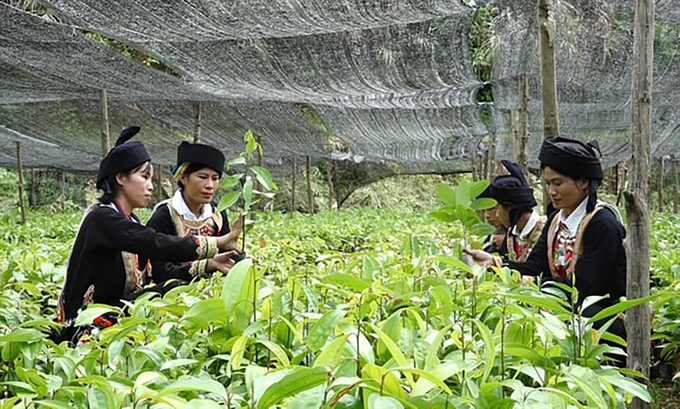
People grow spices mainly in the northern mountainous areas.
Chili is grown in many areas in Vietnam, with a total area of about 68,100 hectares, concentrated mainly in the provinces of the Mekong Delta, Binh Dinh, Quang Nam, Quang Ngai, Thanh Hoa, and Lang Son. The annual output of dried chili is about 100,000 tons.
In 2023, Vietnam exported 10,173 tons of chili, and total export turnover reached US$ 20 million. Compared to the same period in 2022, export volume increased by 107.4%. China and Laos are the two main export markets, reaching 8,651 tons and 1,108 tons, accounting for 85.0% and 10.9%, respectively.
With ginger and turmeric, Vietnam exported 34,976 tons in 2023, total export turnover reached US$ 49.3 million, compared to the same period in 2022, the export volume increased by 222.4%.
The main export markets include China, accounting for 29.4%, reaching 10,271 tons, an increase of 437.2%; Bangladesh accounted for 18.8% reaching 6,585 tons, an increase of 100%; India accounted for 12.6% reaching 4,394 tons, an increase of 49.9%; Laos accounted for 8.4% reaching 2,927 tons, an increase of 2,401.7%; The United States accounted for 4.3% reaching 1,498 tons, an increase of 33.0%...
Cardamom and nutmeg also have great potential. In 2023, Vietnam exported 3,551 tons, and total export turnover reached US$ 27.4 million. Compared to the same period last year, export volume decreased by 36.5%. Turnover decreased by 15.4%.
Nedspice Vietnam is the largest exporter, reaching 1,471 tons, accounting for 41.4%, down 10.1%. Next are Olam Vietnam enterprises, reaching 822 tons, accounting for 23.1%, down 4.2%; Tuan Minh reached 323 tons, accounting for 9.1% and increasing 48.2% compared to the previous year.
The Netherlands, China and the United States are three key importing countries of this product, reaching 923 tons, 756 tons and 484 tons, respectively.
In 2024, the weather is still complicated, with the El Nino phenomenon possibly lasting until June. Therefore, the output of pepper, cinnamon, and star anise... will be affected, especially in affected areas by climate change.
Mrs. Hoang Thi Lien, President of VPSA, predicts that 2024 will begin a multi-year price increase cycle of pepper (usually lasting 10 years). This is completely capable of affecting other spices, such as cinnamon and star anise.
Translated by Tuan Huy
/2025/05/22/5250-1-184853_288.jpg)
(VAN) According to a representative from the Central Retail Vietnam, Vietnamese products such as seafood, sweet potatoes, dragon fruit, coffee, and spices hold great potential in the Thai market.

(VAN) A multi-channel, multi-directional strategy only works when the agricultural value chain meets global transparency and SPS standards.
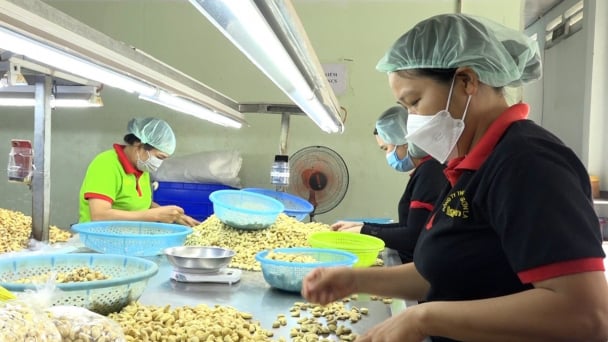
(VAN) Market expansion is a matter of survival for Vietnamese businesses amid fierce competition and global supply chain fluctuations.
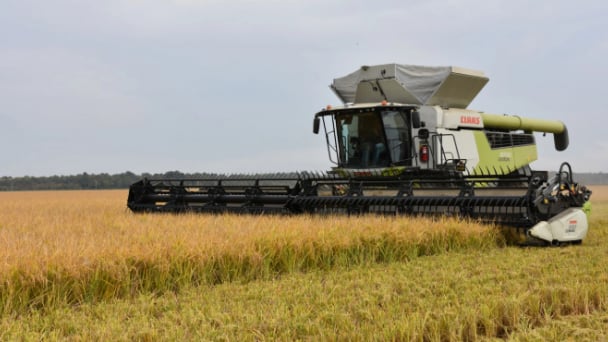
(VAN) Global market prospects for U.S. long-grain rice for the upcoming marketing year.
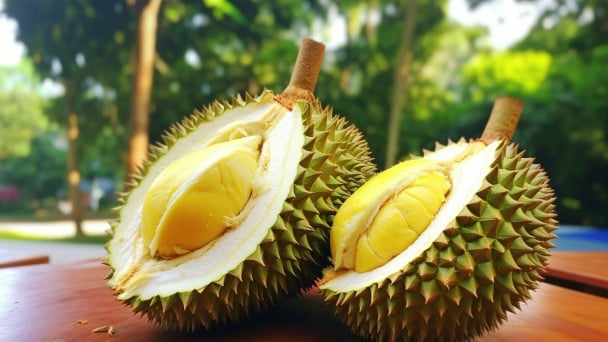
(VAN) China’s General Administration of Customs started permitting fresh durian shipments from Cambodia after a phytosanitary protocol was signed with the Cambodian Ministry of Agriculture in late April.
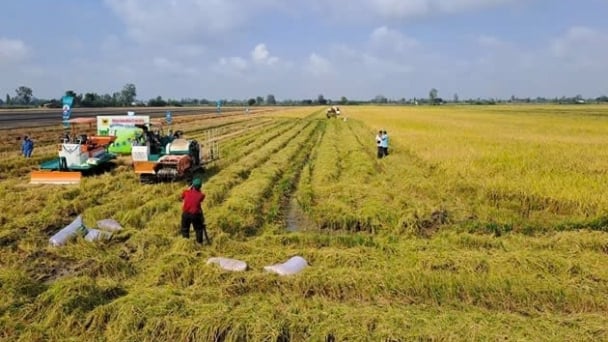
(VAN) To operate carbon market, one of the key issues is determining which types of 'commodities' meet the standards to be traded on the market.
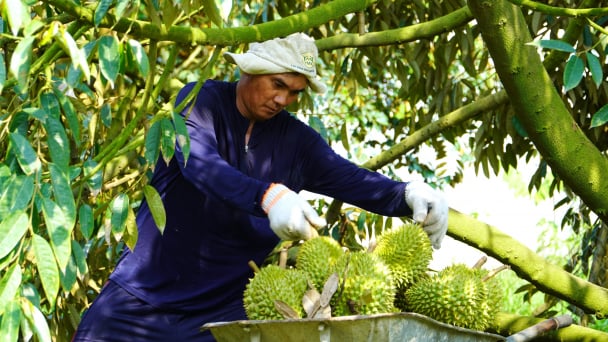
(VAN) Durian-producing localities need to coordinate more effectively with central authorities to improve the traceability, monitoring, and response systems in case of violations.